Many flower lovers prefer to grow non-blooming decorative crops in their apartments or houses. Such plants are less whimsical than their flowering relatives, and they rarely cause allergies due to the lack of pollen. Non-flowering houseplants are found among different taxonomic groups and have many varieties, and the presented names and photos of the most popular of them will allow you to navigate their choice.
Content
Names and descriptions of decorative leafy non-flowering plants
Deciduous non-flowering crops, as a rule, are not whimsical and caring for them does not take much time even from a beginner grower.
Saxifrage
Saxifraga, or Saxifraga, belongs to the Saxifraga family. The flower is grown in apartments for the sake of beautiful green foliage with white veins, the burgundy shade of the back of the leaves adds to the plant spectacularity.
Petals, peduncles and flower stolon shoots are also painted in a burgundy shade. The base of the leaf plate has a heart-shaped shape, but toward the edge it becomes broad-mantled. The saxifrage bush can grow up to 50 cm in height, however, if grown as an ampel, the long shoots of the flower can reach 100 cm.
Monstera
Monstera is a liana that will become an exotic decoration of any room. Monstera is distinguished by large leaves, on which, as the flower grows, incisions appear, reaching the center of the foliage plate.
From the stem, monstera over time begin to depart aerial roots, with which the flower can cling to a support. They are very delicate and fragile, therefore, as soon as they become too long, it is recommended to root them in the ground to avoid damage.
Ferns
There are many types of ornamental ferns, but they all differ in spreading green foliage. The most popular ferns include Nephrolepis, Cyrtium, Adiantum, Golden Polypodium and Aspenium.
However, it is Nefrolepis that is most often grown in apartments. This species has lanceolate, pinnate, segmented leaves, the length of which can reach 70 cm. The hard green mass of the plant grows up to a certain point and, only reaching a certain length, begins to bend to the side.
Fatsia
Fatsia is a tall perennial shrub with a sprawling green mass from the Araliev family. Its distinguishing feature is large, shiny, cut leaves.
In nature, the height of the shrub can reach 6 m, however, under indoor conditions Fatsiya grows only up to one and a half meters. The bush has a branched rhizome, as well as sprawling shoots on which the lateral processes are located.
Ficus
Ficus is a non-blooming culture that has long been widely popular due to its unpretentiousness and decorative appearance. Currently, there are many varieties of ficus that are grown indoors, but the most common among them are rubber-bearing, lyre-shaped and dwarf ficus, as well as Benjamin's ficus.
Despite some differences between these species, all ficuses have beautiful foliage of dark green or variegated color. Solid and dense flower leaves can reach 70 cm in length.
Dracaena
Dracaena is an evergreen plant with a tree-like straight trunk. Narrow and fairly long green or variegated dracaena leaves are parallel to the veins. Despite the fact that dracaena its appearance is very similar to a palm tree, although it is not.
Types and photos of non-blooming succulents
Succulents - a group of plants that have special tissues that are able to retain water in themselves. This feature is due to their origin from regions with frequent droughts. Plants of this group belong to different families.
Cacti
Cacti are succulents, the hallmark of which is the presence of thorns on its surface. However, few people know that there are several thousand varieties of cacti that are not always possible to distinguish from each other at first glance.
Such non-blooming cacti are popular:
- Cephalocereus On the stem of the cactus there are silver hairs that distinguish it from other relatives.

Cephalocereus - Espoosta woolly is a rather large cactus, which can grow up to 70 cm in length. There are silver bristles on the thorns of the succulent.
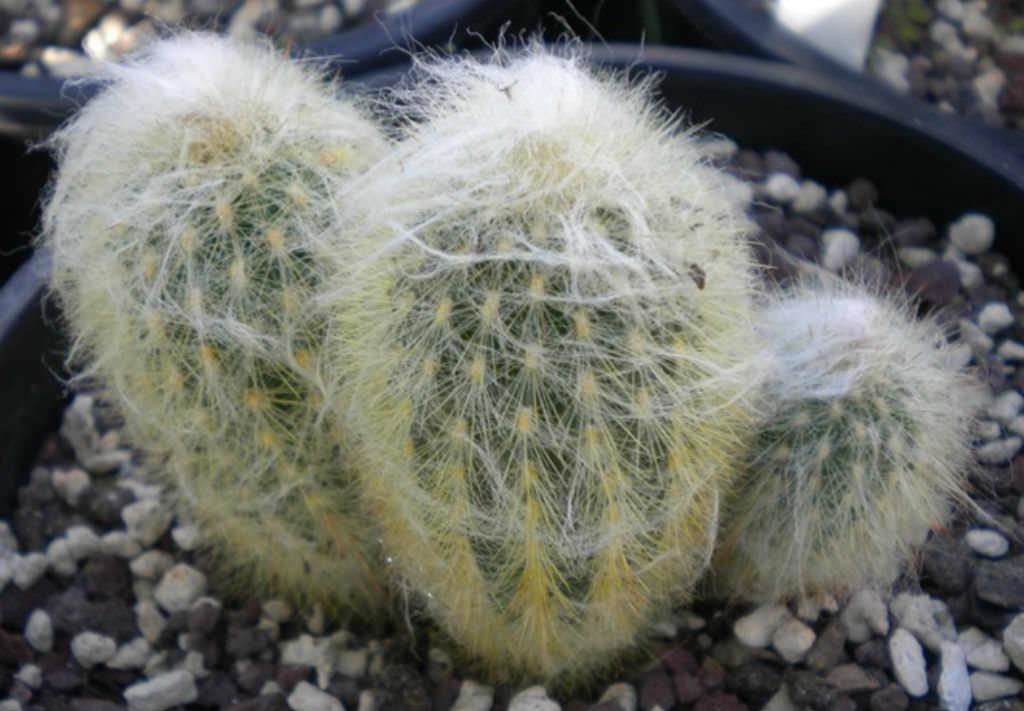
Espoosta woolly - Echinocactus Gruzoni is the most popular cactus, distinguished by its bright yellow spines.
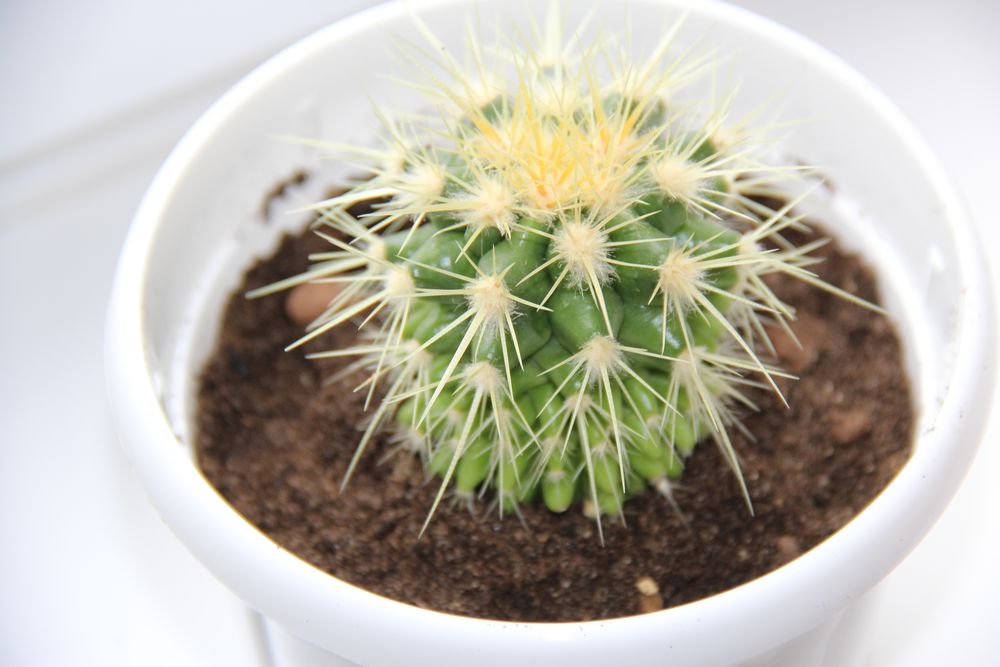
Echinocactus Gruzoni
Decorative cacti most often decorate office rooms or the home work area, as it is believed that they absorb electromagnetic radiation from a computer or laptop.
Queen Victoria Agave
Queen Victoria's agave is considered the most beautiful succulent of the entire Agave family. The flower has hard leaves, the appearance of which resembles an elongated triangle with white bordering. Each leaf has one spine, 1 to 2 cm long and several short. Agave leaves form a rosette, the diameter of which ranges from 40-60 cm.
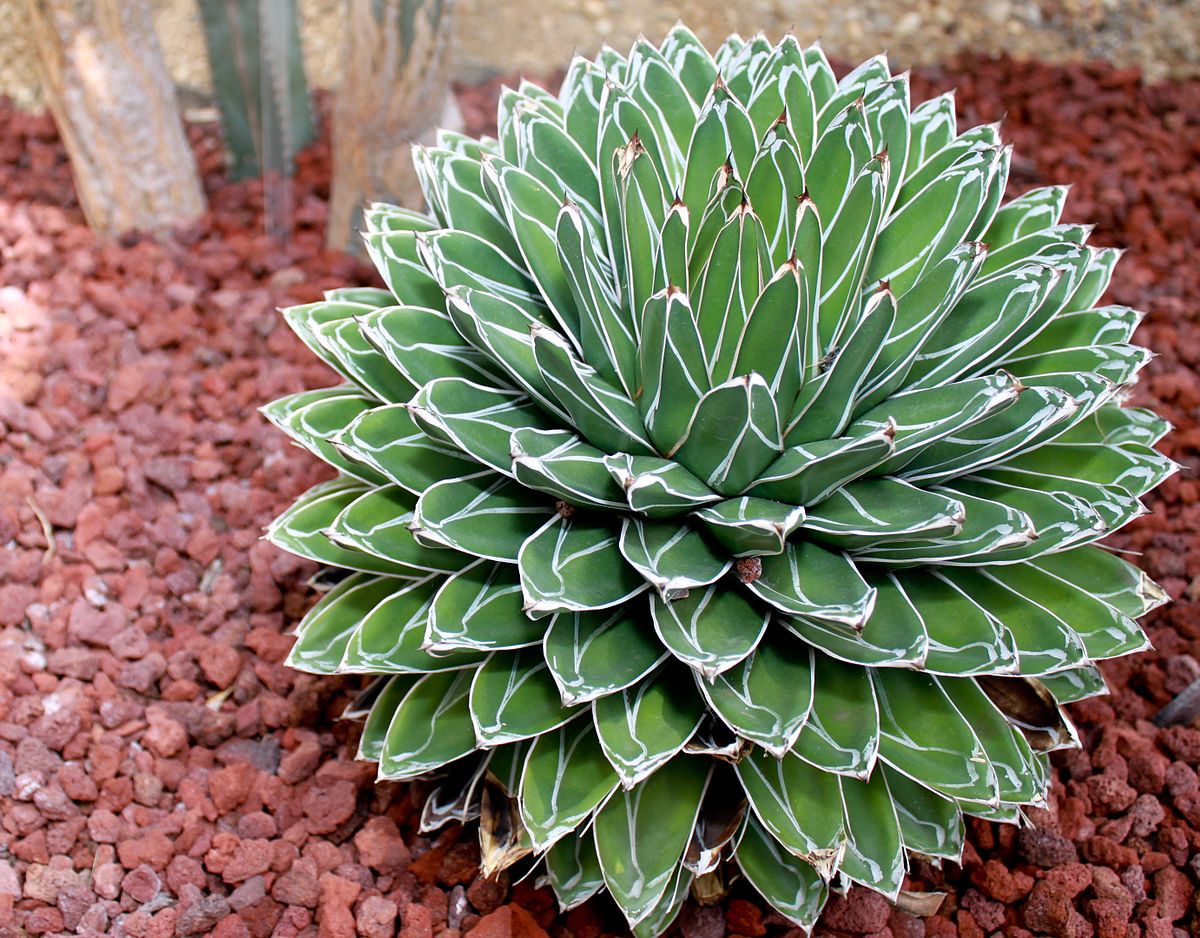
Aloe
Aloe is a succulent from the Aspholedian family. The genus Aloe has about 500 different species, but they are all united by a short stem, which is densely covered with fleshy leaves of the xiphoid shape. Depending on the type of aloe, the edges of its leaves can be smooth or jagged, some of them are covered with thorns, less often cilia. Most often, flower growers grow aloe vera, aloe vera and aloe tree.
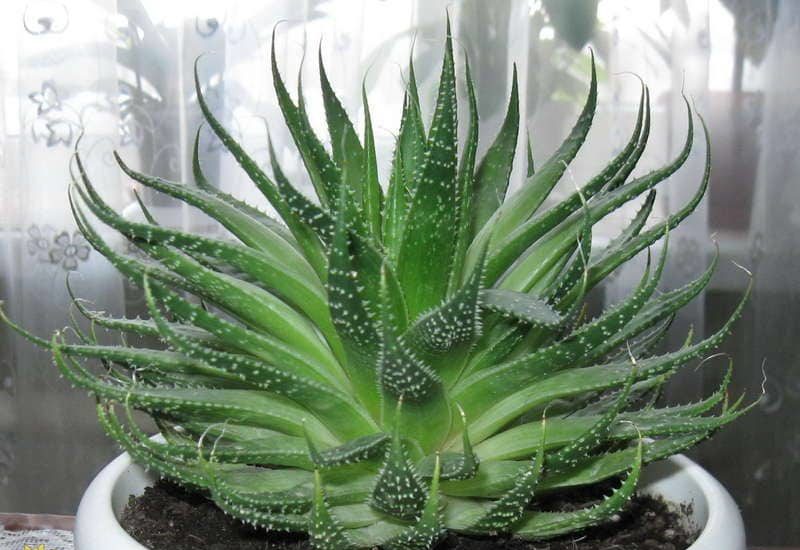
Beard
Borodnik, or Yovibarba, is a flower from the genus Tolstyankovyh. The beard is distinguished by pointed leaves that form a small rosette, similar to a flower bud. Borodnik's coloring is various: varies from green to brown shades.
Stonecrop
Stonecrop, or Sedum, is a genus of plants with many species. Stonecrop is represented by several species, among which are non-flowering:
- Sedum of Morgan.
- Sedum is a plate.
- Stonecrop is linear.
Stonecrop has flat or cylindrical leaves of a small size, which can crumble even with a light touch. The stems of a flower, depending on the species, can be straight, creeping or lying.
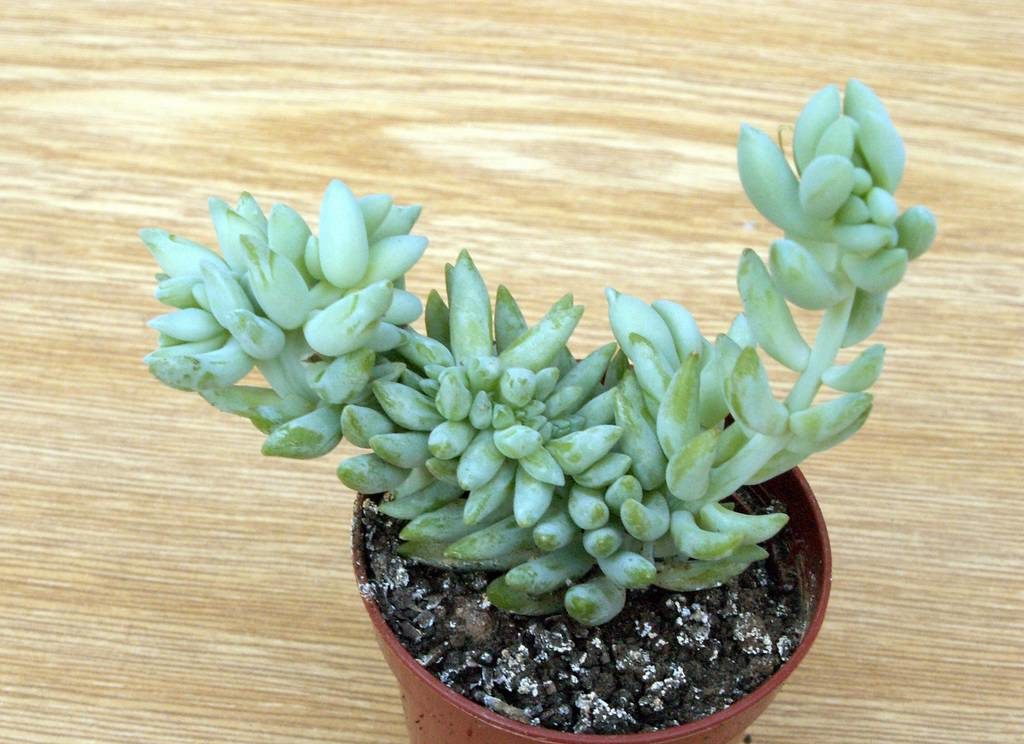
Fat woman
Crassula, or money tree, is an unpretentious culture that even a beginner grower can cope with growing. Potted women are distinguished by round opposite leaves, reminiscent of coins in their shape. The height of the tree trunk with good care can reach more than 1.5 m.
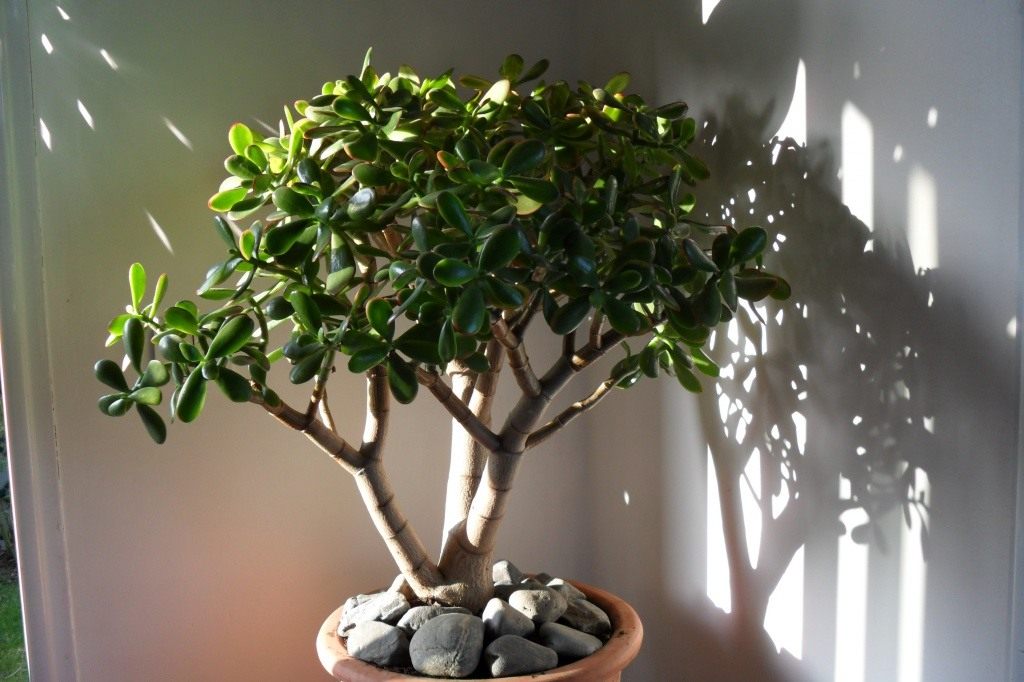
Haworthia
Haworthia is a genus of miniature plants from the Xanthorrhoeae family. On fleshy, dark green leaves, there may be white warty tubercles.Most members of the genus have transparent patches at the ends of the leaf plate, through which light penetrates deep into the tissue of the flower.
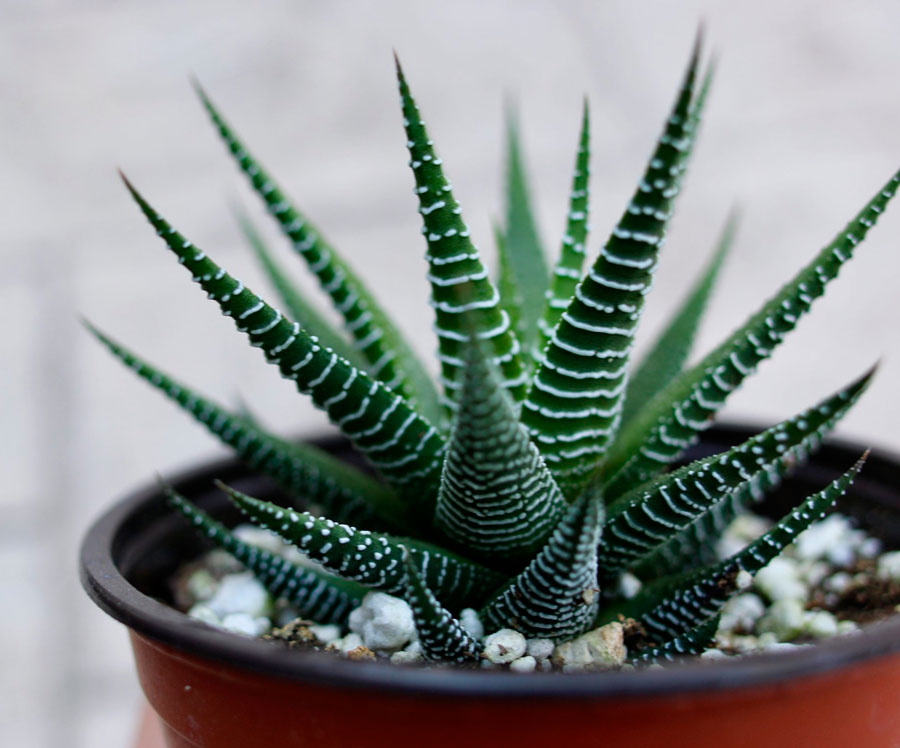
Indoor palm trees with photos and descriptions
Indoor palm trees are exotic plants that have conquered flower growers thanks to the spectacular and unusual shape of the leaves. In order for the plants to adapt to the conditions of a particular house, it is better to acquire them at a young age.
Areca
The genus Areca has about 50 varieties, but only some of them can be grown indoors. Palm trees from the genus Areca have one or more thin stems, covered with annular scars at the base.
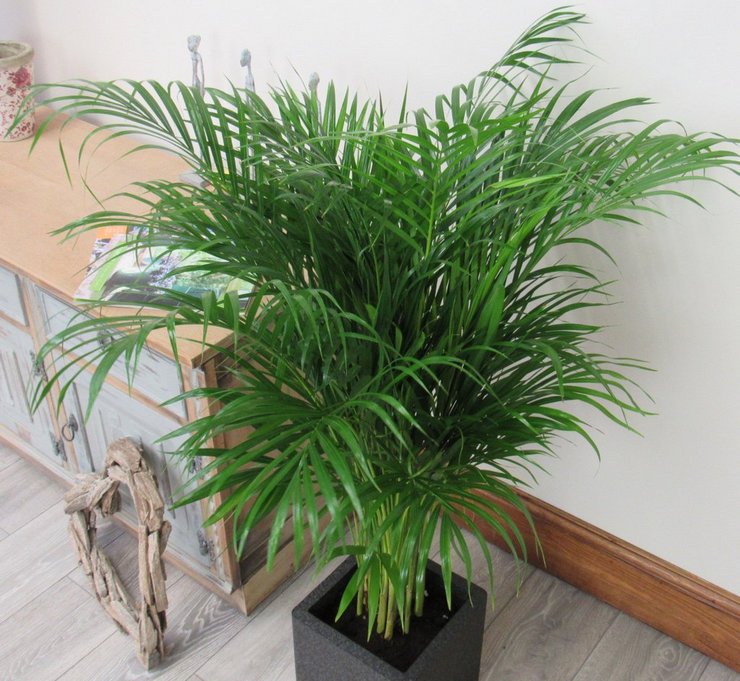
Thick leaves in their appearance resemble bright green feathers. Foliage is collected at the top of the palm tree in a pile, thereby resembling a comb. The height of the palm tree can vary between 35 cm - 12 m, depending on its variety.
Bamboo
The bamboo palm, or Rapis, is an elegant and unpretentious tree, on the thin trunks of which numerous green leaves grow. Fan-shaped palm leaves divided into lanceolate lobes grow exclusively on the tops of shoots, the surface of which is covered with felt-mesh fibers.
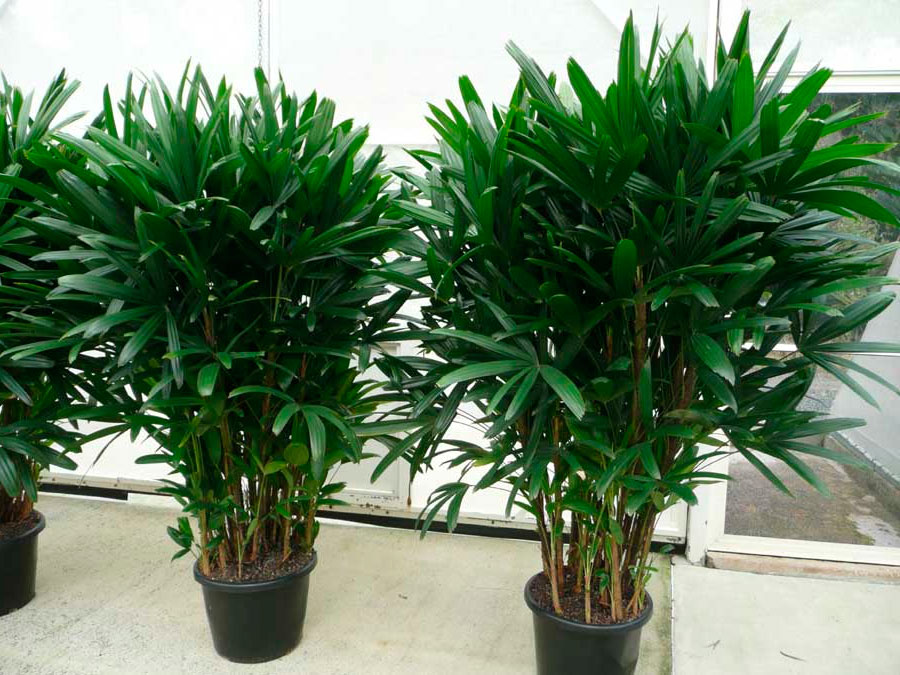
Decorative paints are divided into 2 groups, depending on their growth: high and low. If tall palm trees can grow up to 3 m, then the height of low specimens rarely exceeds 1 m.
Liviston
Livistona is a genus of perennial palm trees, numbering 36 species. Livistona is a tree with large glossy leaves of dark green or gray-green color, shaped like a fan.
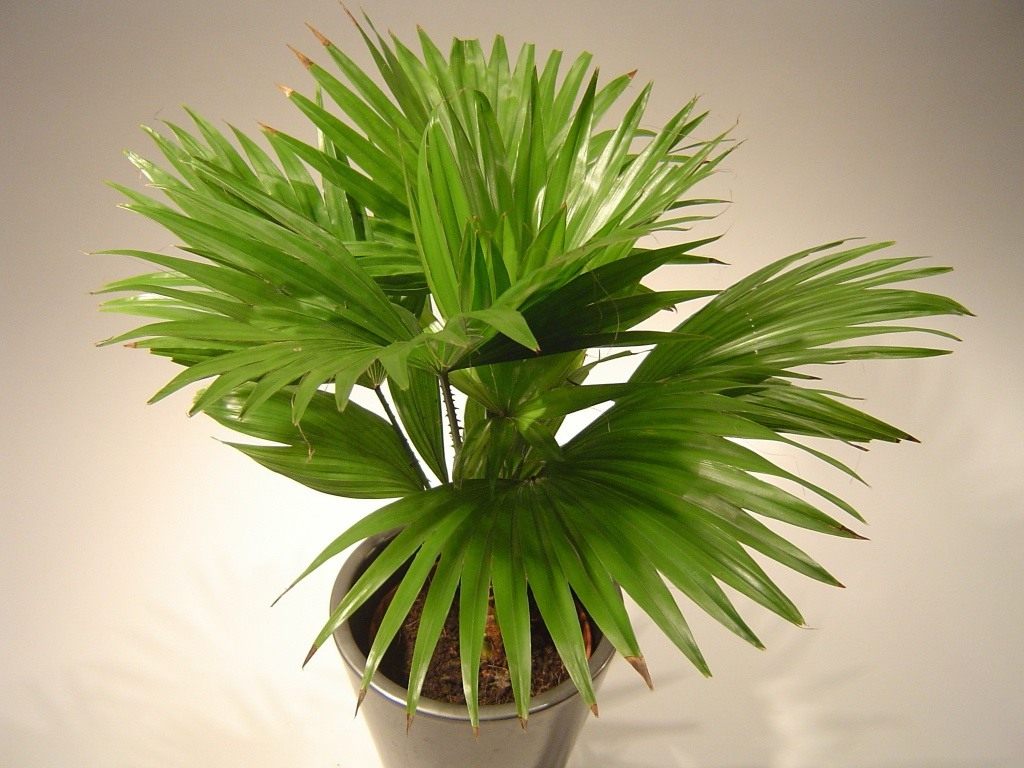
Date
Date palm - a hardy and unpretentious plant with long leaves, divided into narrow feathers. Date palms, as a rule, have a dense bright green crown and a cirrus trunk.
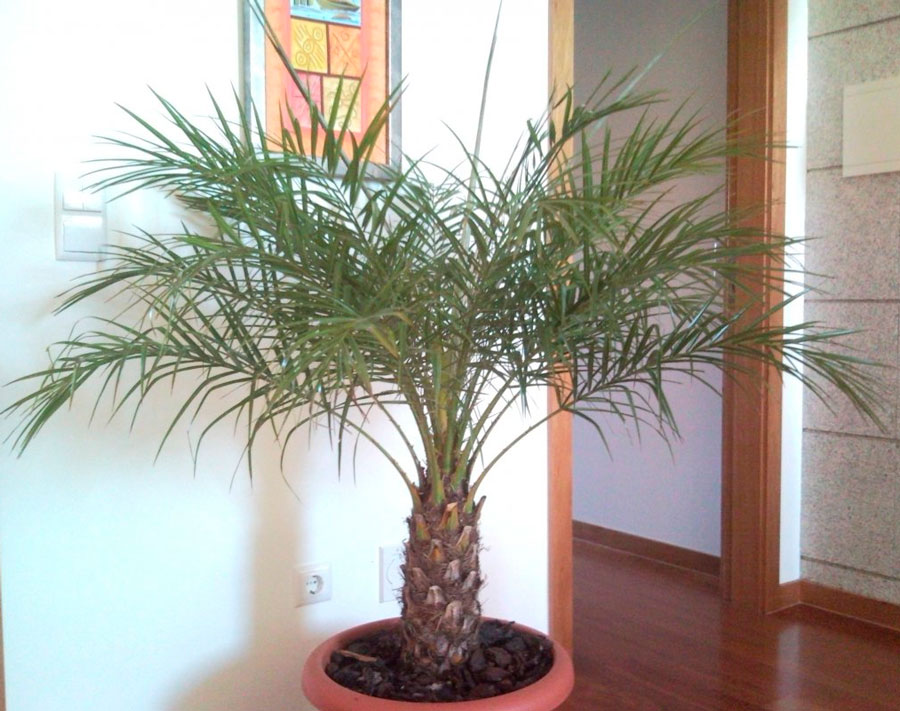
Yucca
Yucca is a decorative leafy culture that blooms only in its natural habitat. The thick, ligneous stem of Yucca has branches at the top. The pointed leaves of a palm tree are clustered at the ends of a stem or branches.
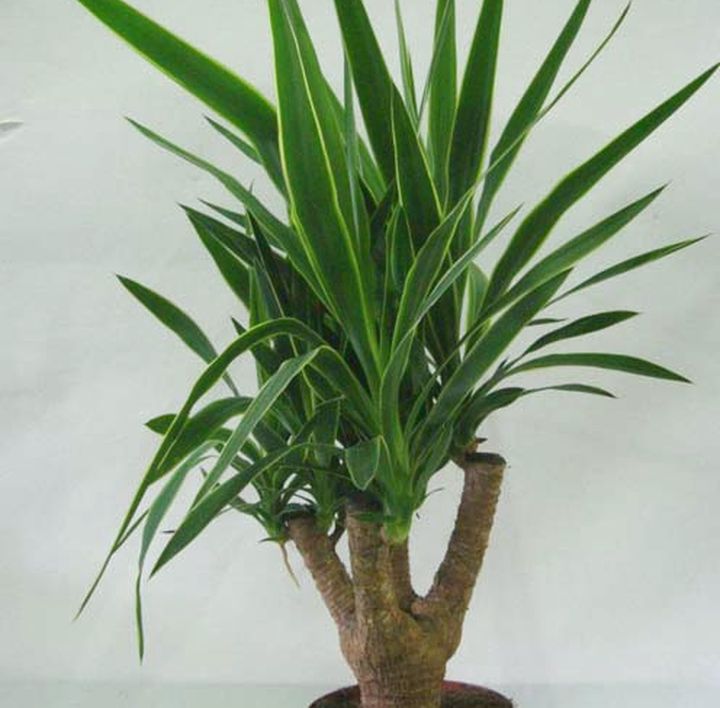
Ampel plants
Ampel plants are ornamental cultures that are characterized by long curly or creeping shoots. The shape of the flowers allows you to grow them in hanging pots.
Asparagus
Asparagus is a genus belonging to the Liliaceae family. There are about 100 species in total, but Asparagus sprengeri is most popular. This species of asparagus is a bushy plant that differs from its relatives by flowering light green spiky leaves.
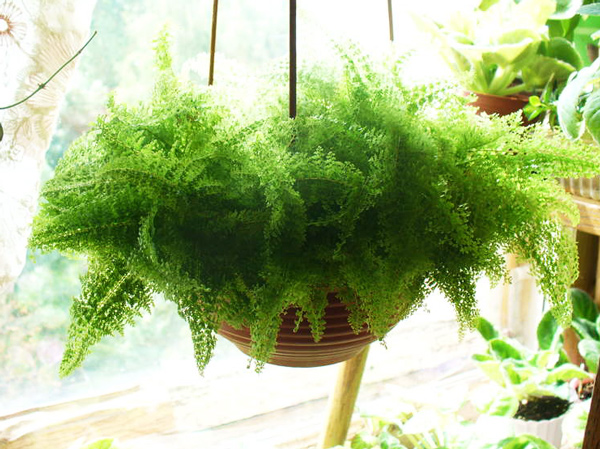
Ivy
Ivy, or Hedera, is a creeping shrub with additional roots, due to which the plant clings to bumps and supports. The angular-lobed ivy leaves are dense and dark green.
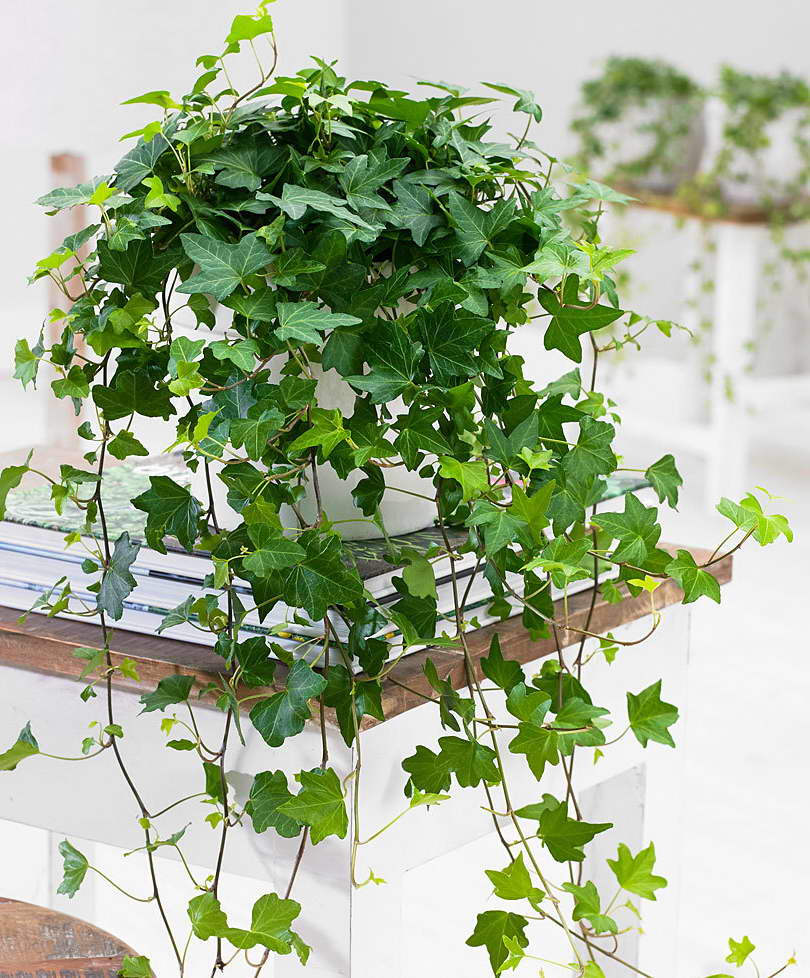
Soleilia
Soleirolia, or Gelksina, is a groundcover from the Nettle family. Gelksina has many miniature green leaves located on thin branches. Soleoli is distinguished by a highly branched creeping stalk.
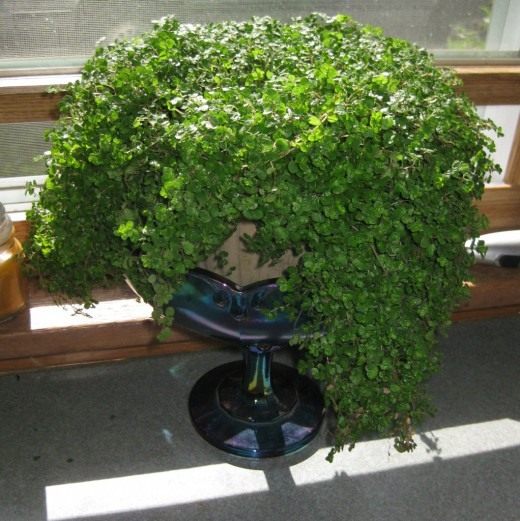
Ficus creeping
Ficus creeping, or dwarf, differs from its relatives in the presence of graceful curly shoots and numerous additional roots. Green heart-shaped leaves of ficus have a rough and wrinkled surface. On the underside of the ficus stem are suckers, with which the plant can cling to any protruding surface.
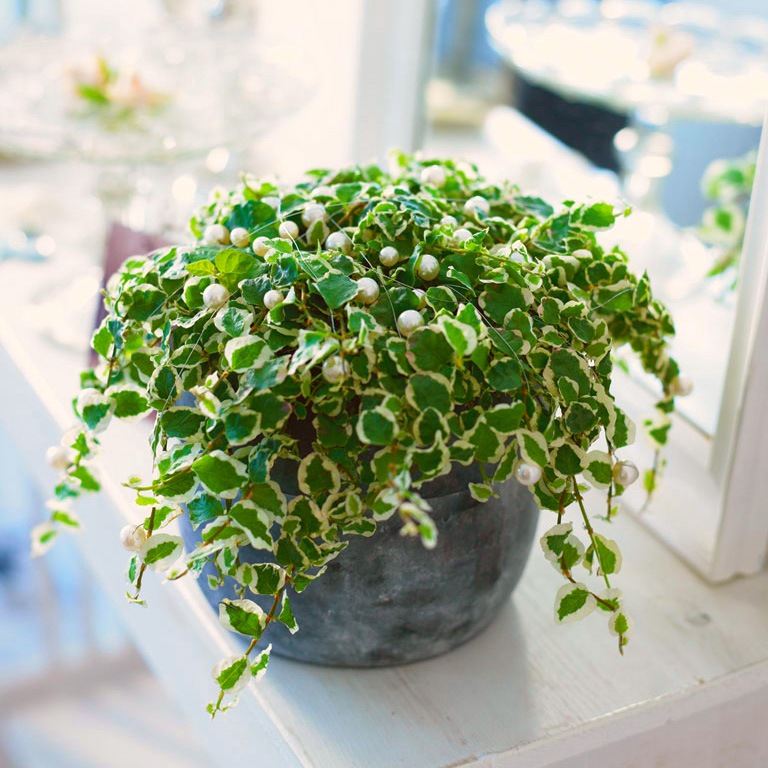
Fittonia
Fittonia is a perennial herbaceous plant characterized by creeping, flowering shoots. Patterned Fittonia leaves are covered with a net of red-violet, yellow or white. These are medium-sized plants with thin stems.
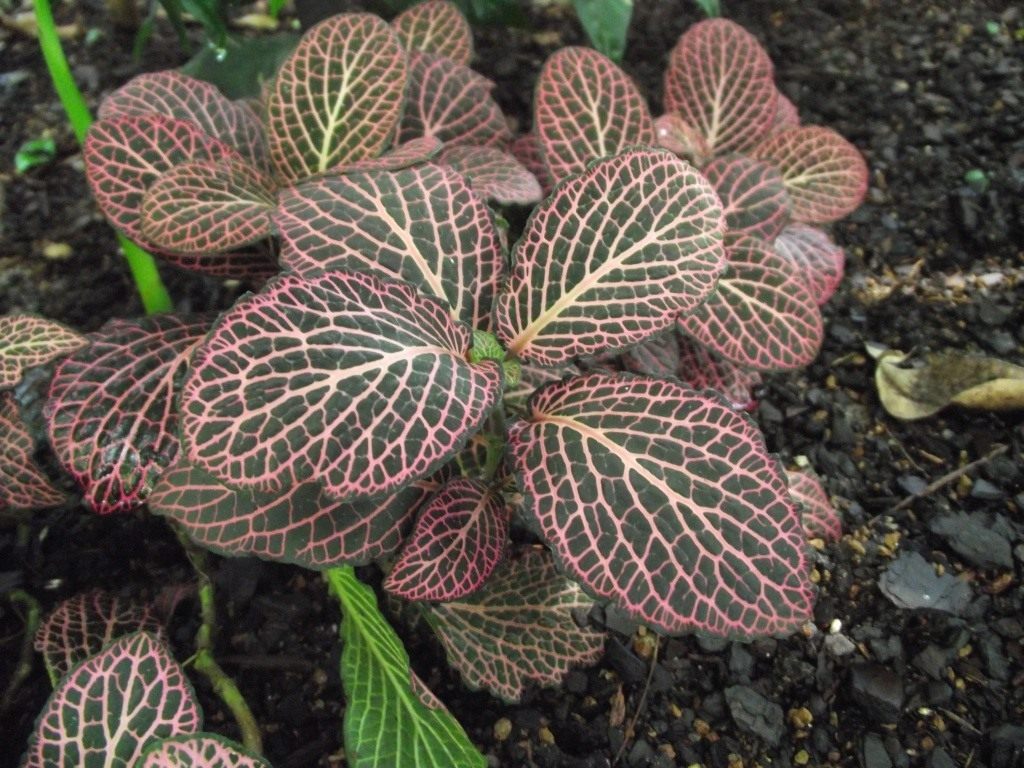
Epipremnum
Epipremnum is an ampel liana, the stems of which can reach 10 m in length. The glossy leaves of epipremnum have an emerald color and whitish or slightly yellowish inclusions or smudges.A plant has many aerial roots.
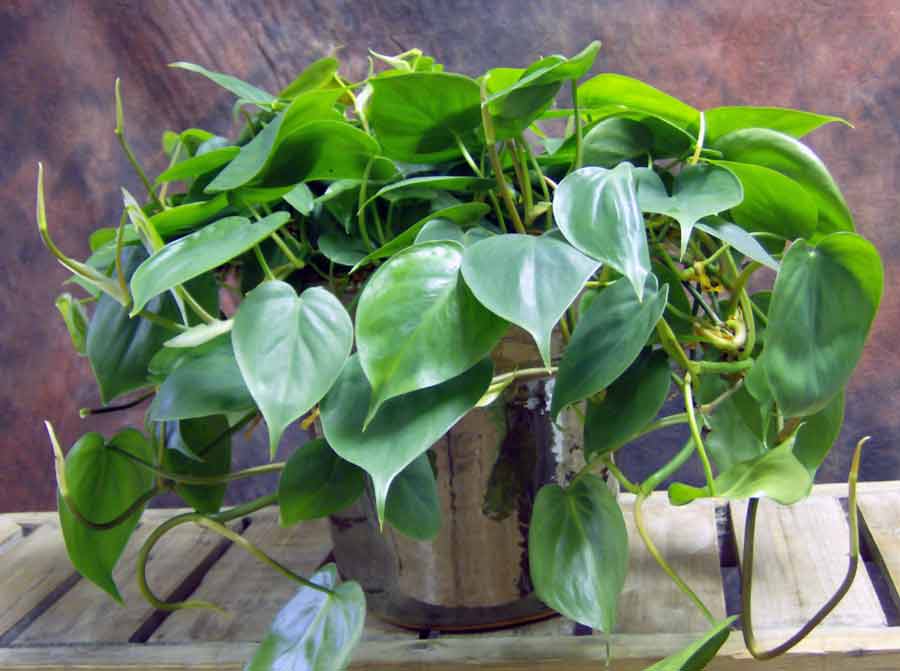
Common Growing Questions
Non-flowering plants will be a wonderful decoration for any home or office, improving the microclimate of the room and adding spectacular interior. Such crops are usually picky, do not take much time and effort even from an amateur grower.

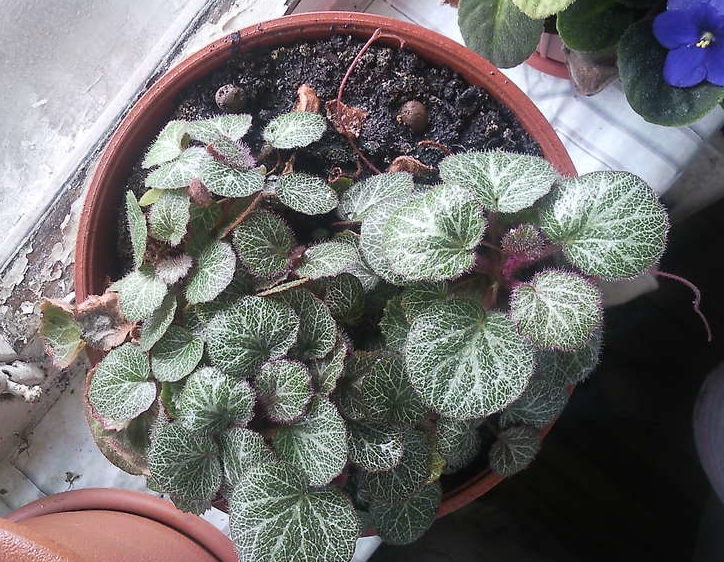

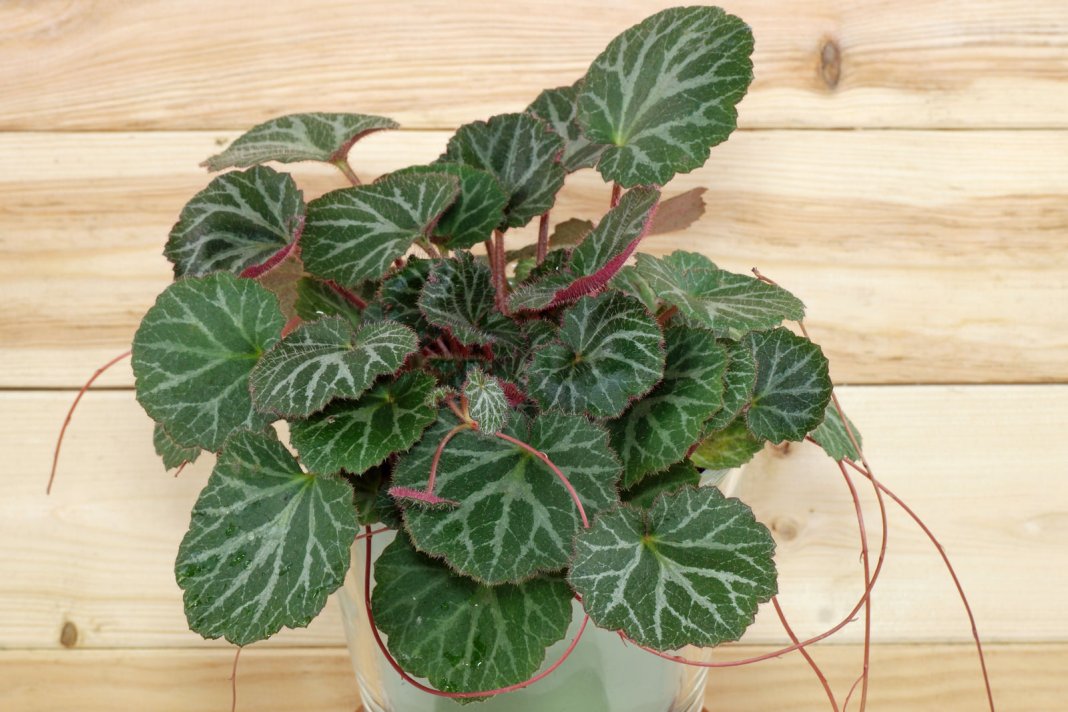
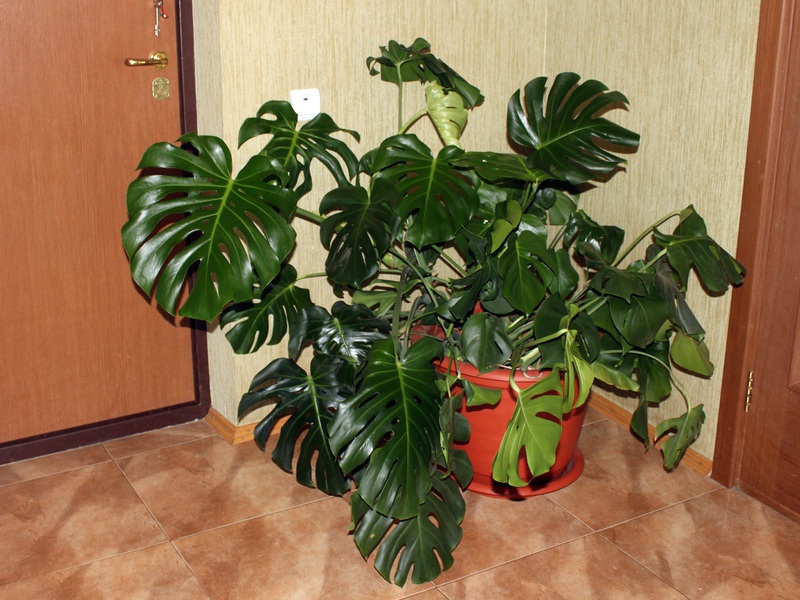
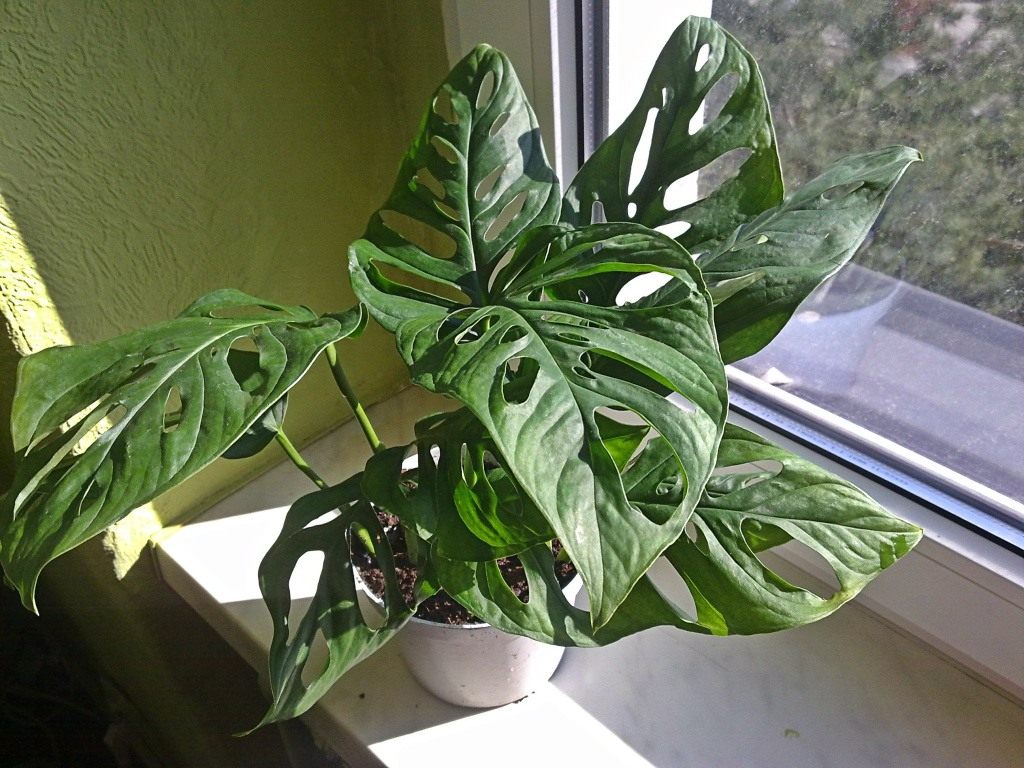
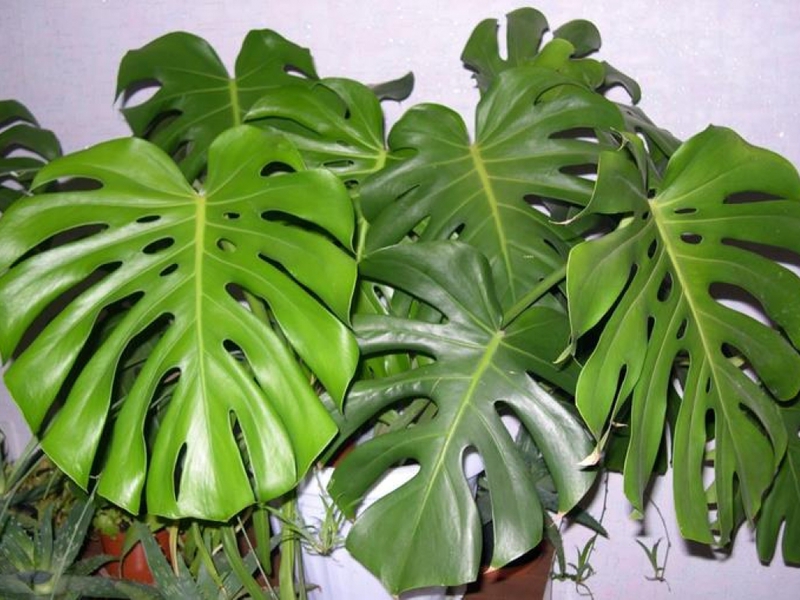
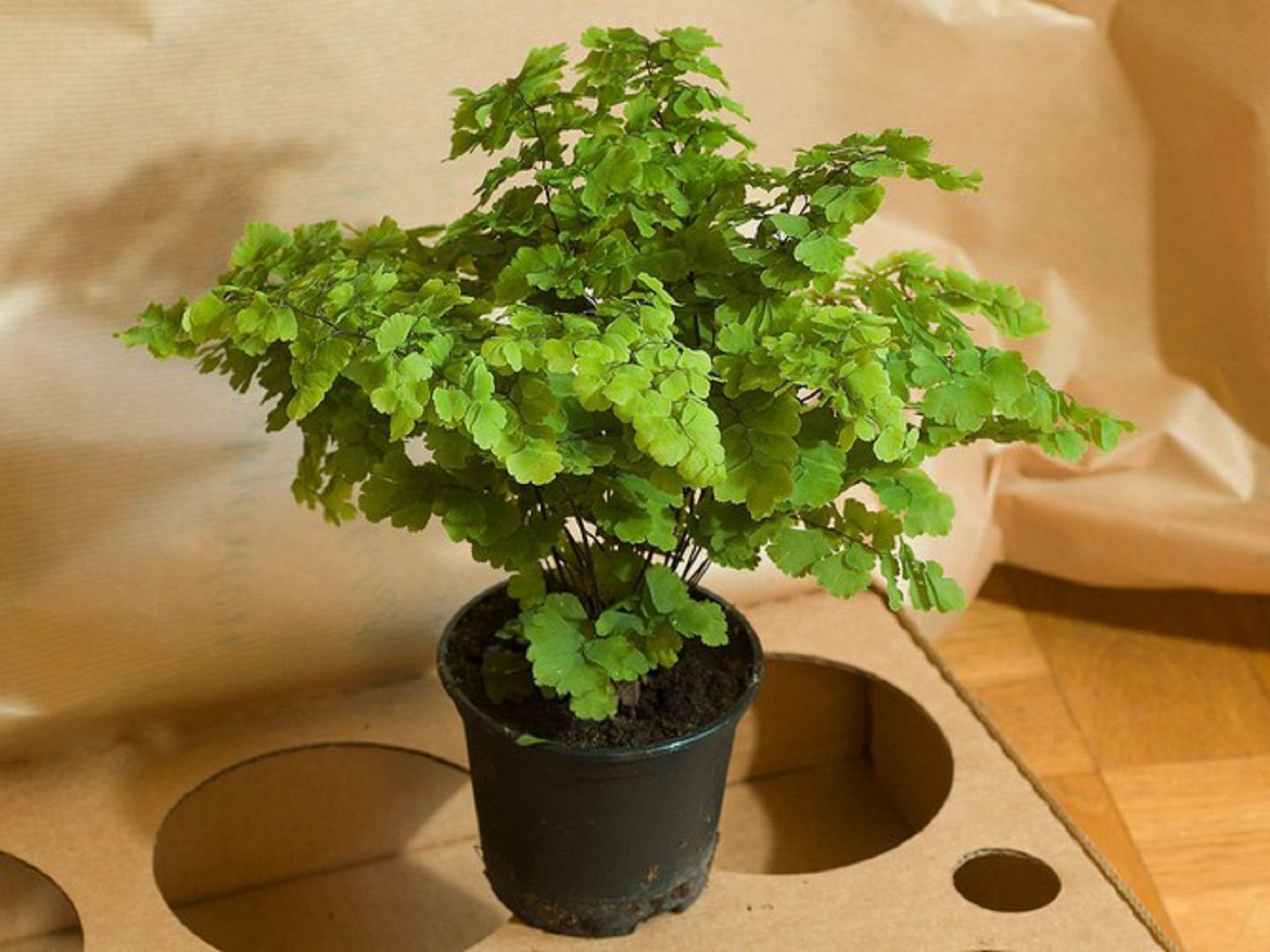
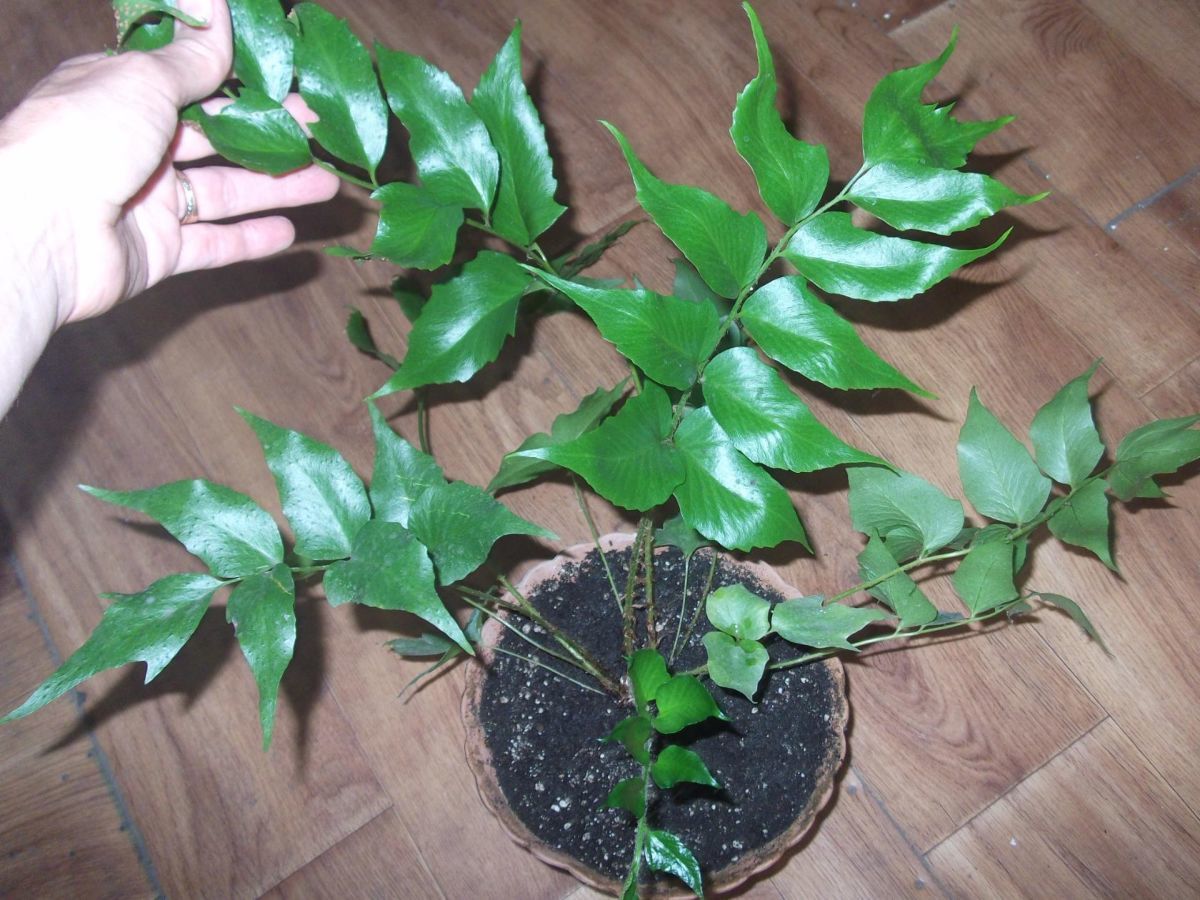
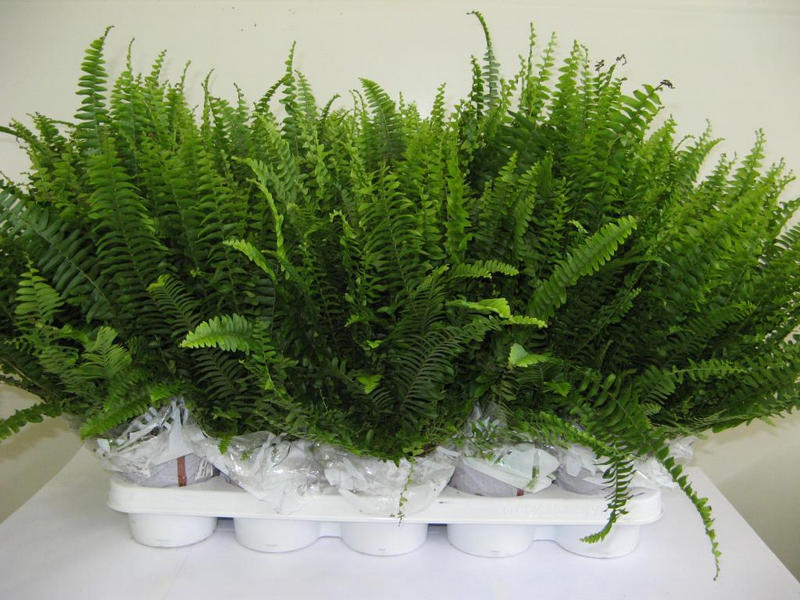
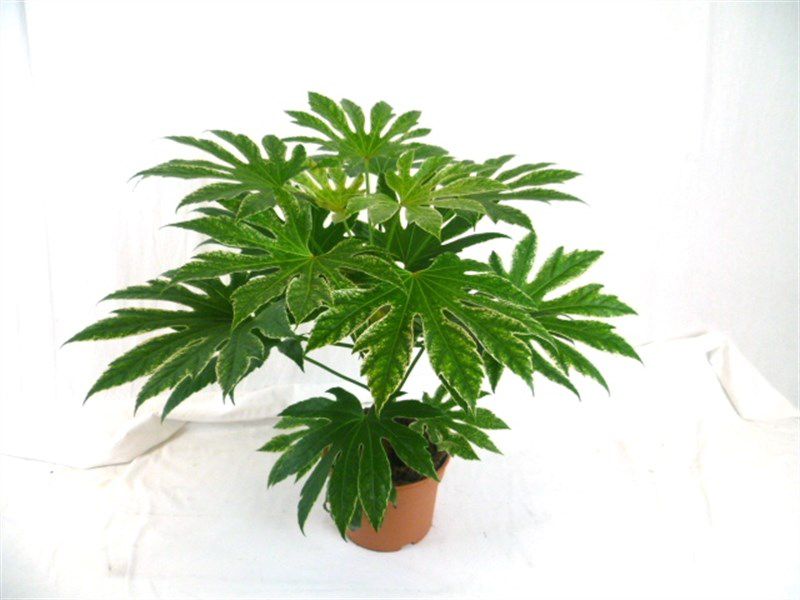
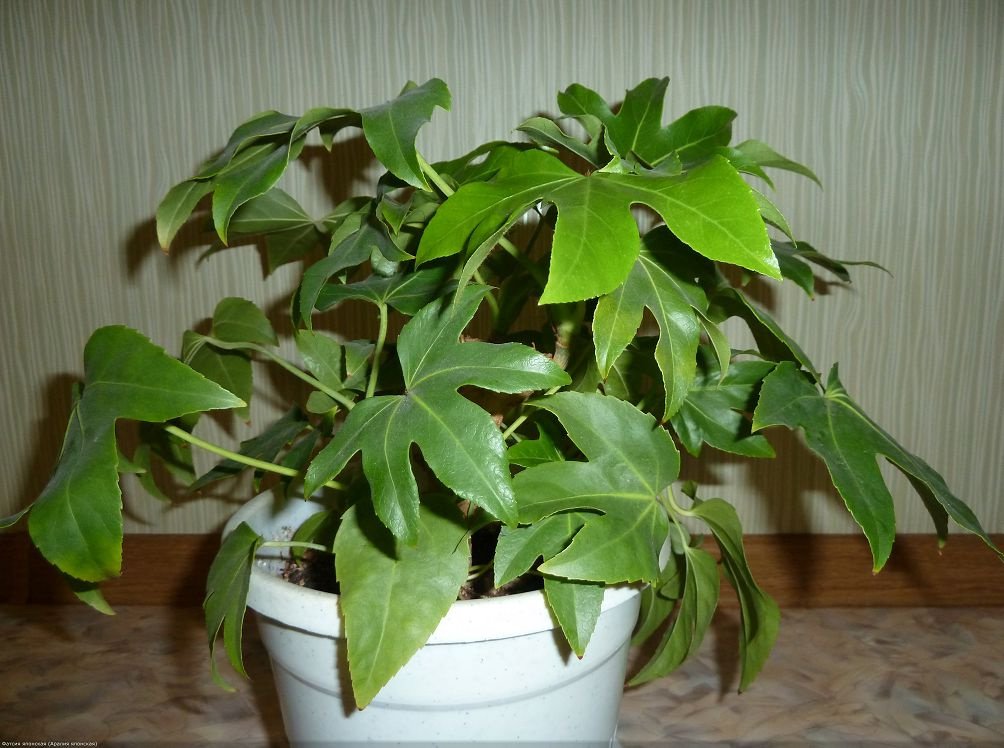
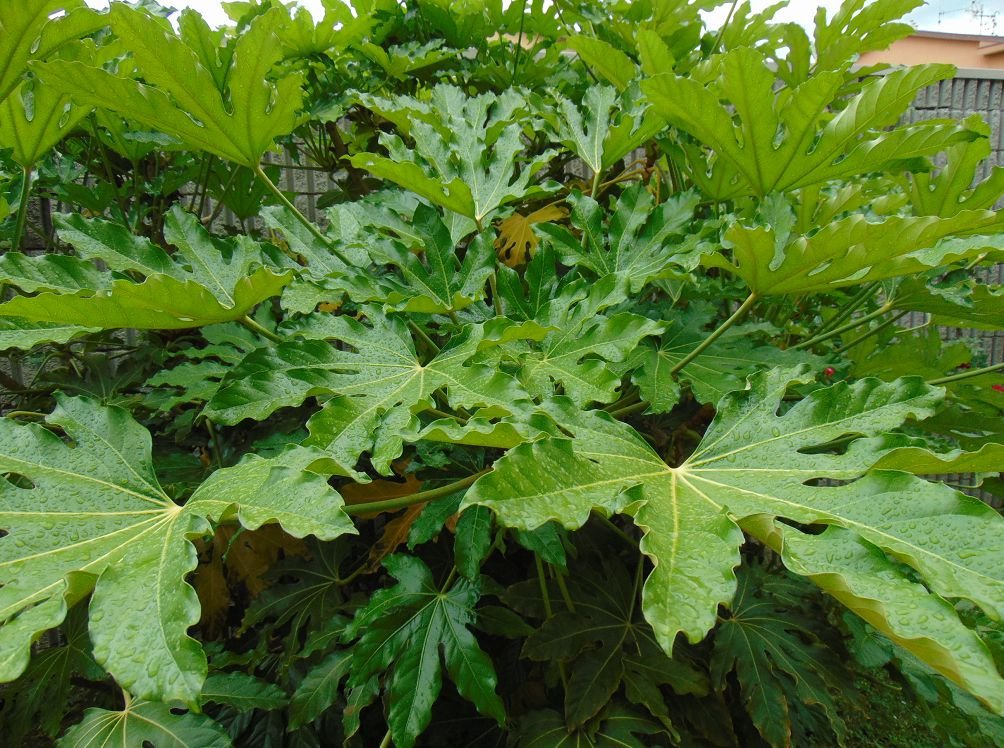
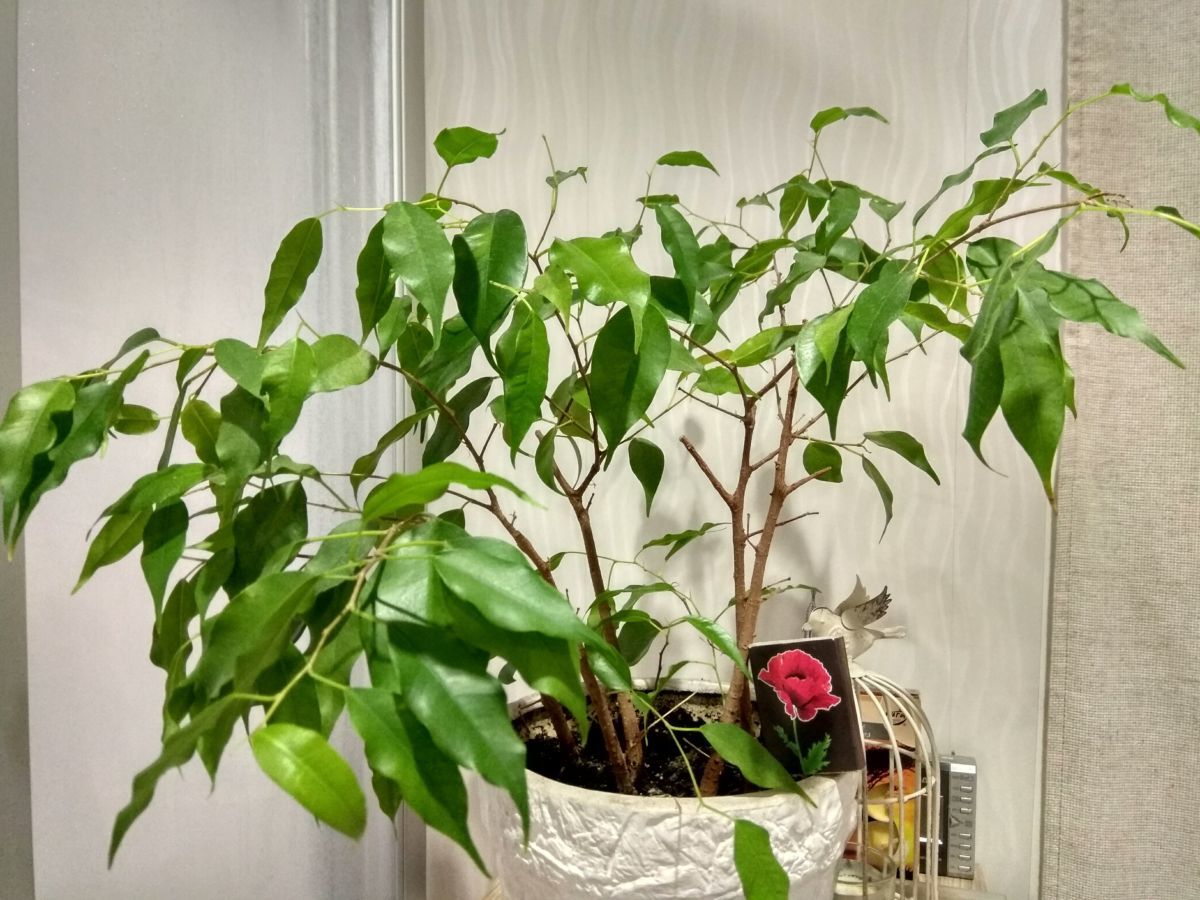
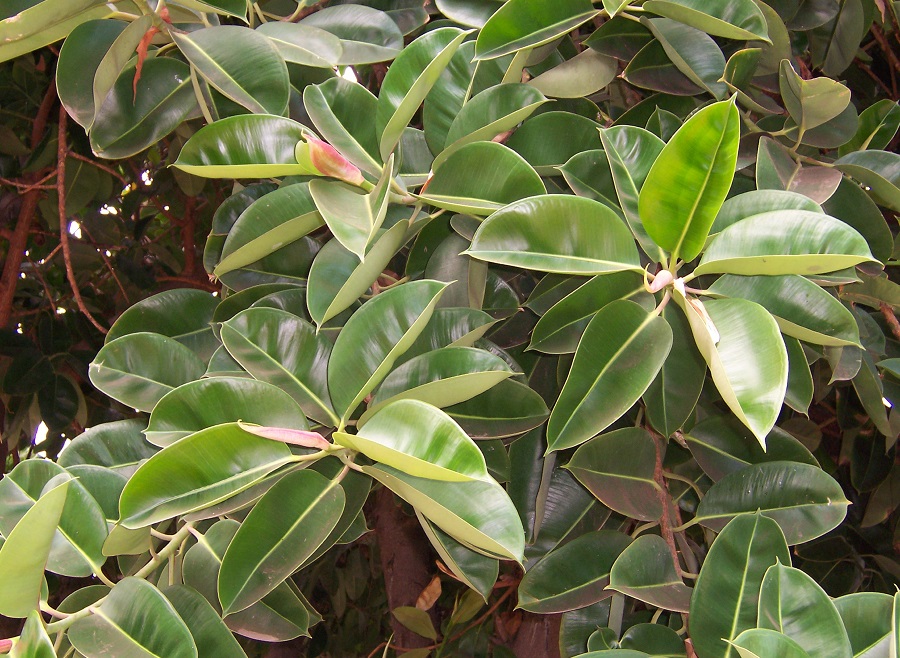

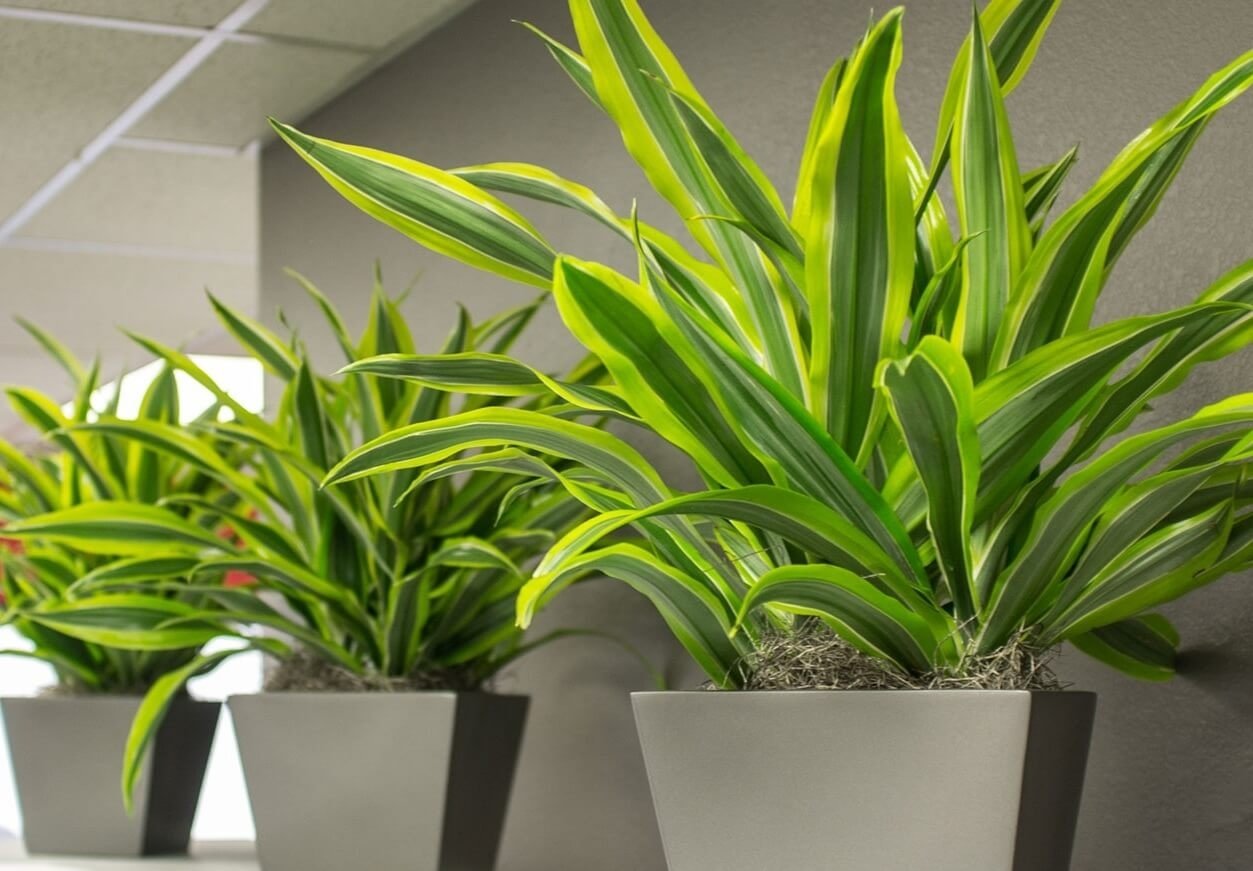





 Sow in the ground, without seedlings: 10 beautiful and unpretentious flowers
Sow in the ground, without seedlings: 10 beautiful and unpretentious flowers Platicodon planting and outdoor care
Platicodon planting and outdoor care Hosta - planting and care in the open ground in the Urals
Hosta - planting and care in the open ground in the Urals Oleander - care and growing at home
Oleander - care and growing at home
Stroitelstvo.Guru
The list contains indoor plants - plants introduced into the culture as ornamental plants suitable for growing in homes and landscaping